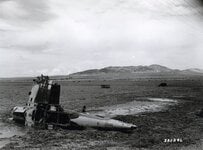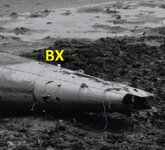MIflyer
Captain
Everyone knows of the P-400 Airacobra I aircraft that were rejected by the RAF and were adopted by the USAAF and sent to the that Soloman Islands. I also read that some P-400's left in the U.K. were put into USAAF service and sent to North Africa. I have read very little about Airacobras in service in North Africa and was surprised when I found a copy of the December 1971 issue of Air Classics with an article by a former American RAF pilot who was a squadron commander with P-400's in the Med. It offers an interesting perspective on the Airacobra with some information I do not recall seeing elsewhere.
Here are the first two pages of that article. If it is appropriate I can post the rest of it.


Here are the first two pages of that article. If it is appropriate I can post the rest of it.



